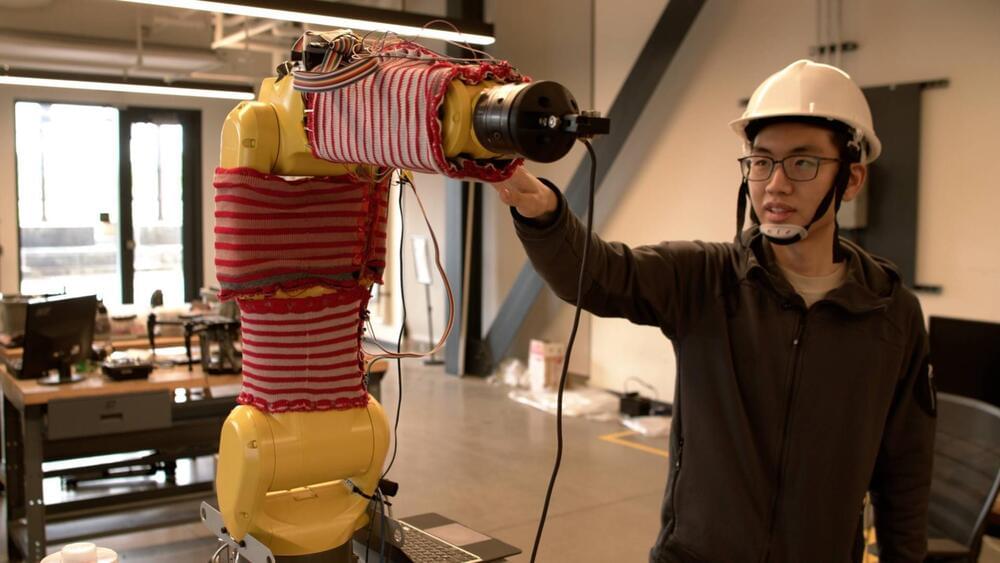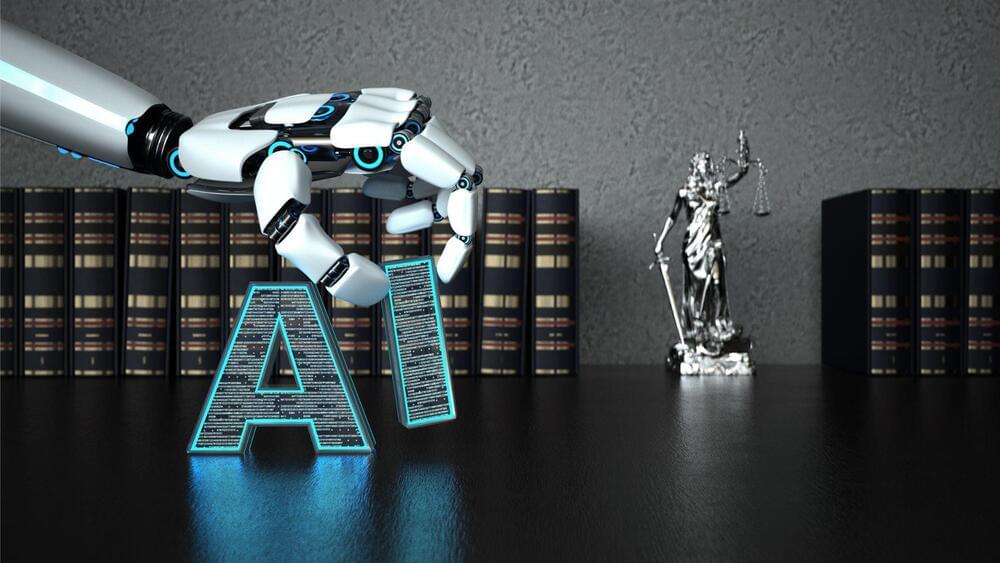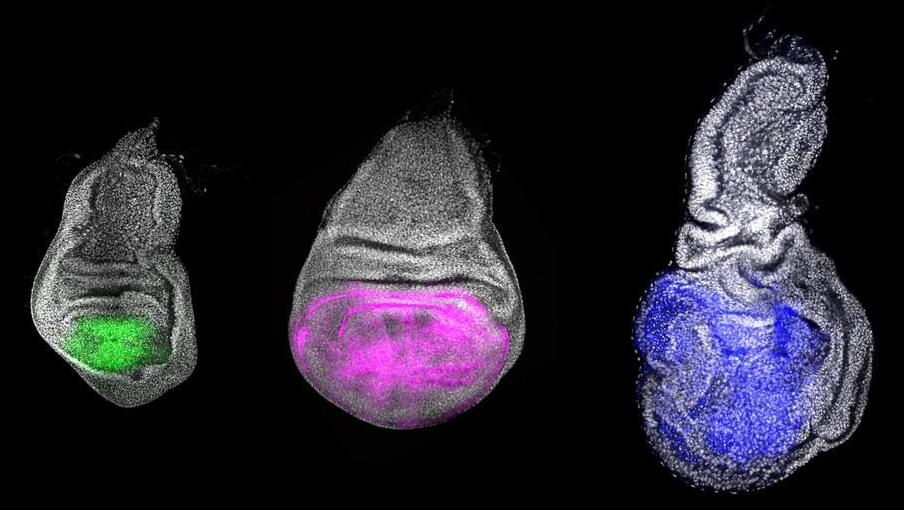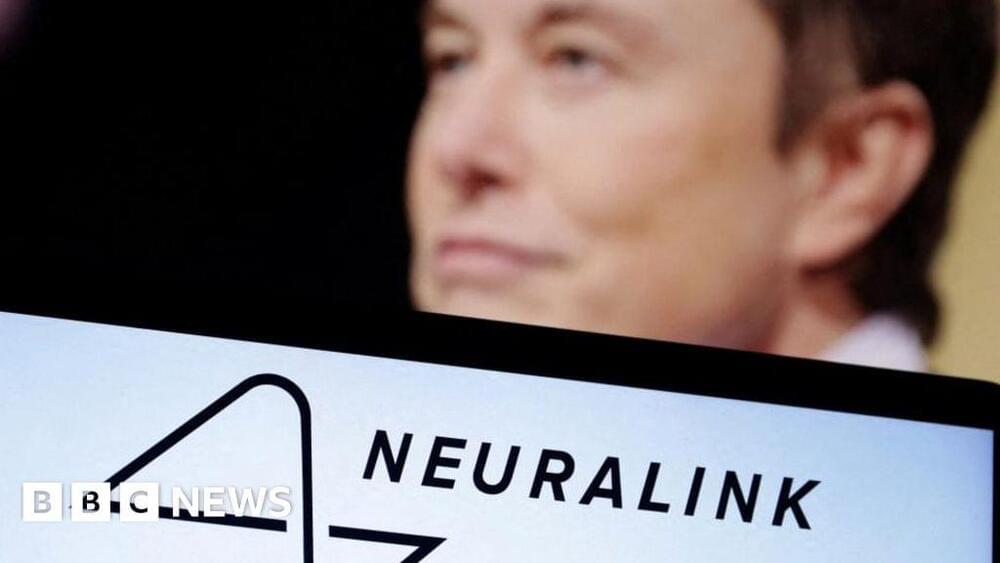Dr. Alice Agogino’s Mars robot technology finds terrestrial applications, revolutionizing disaster response and public safety with Squishy Robotics Inc.
For her NASA-funded spherical skeleton robots intended for interplanetary exploration, Dr. Alice Agogino, a famous scientist and the head of the Berkeley Emergent Space Tensegrities Lab at the University of California, Berkeley, has found terrestrial applications.
The robots developed by Agogino, which were initially meant for data collection on Mars or the Moon, may help first responders in the event of calamities on Earth.







